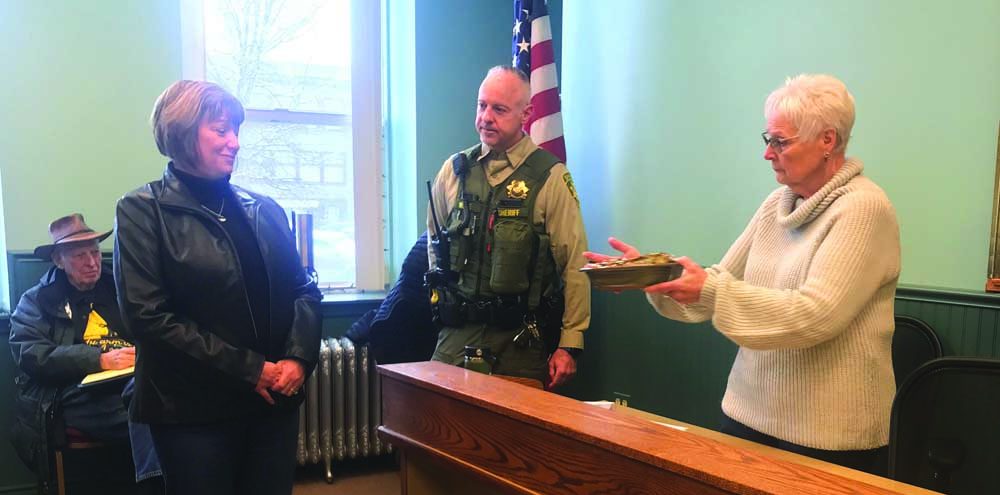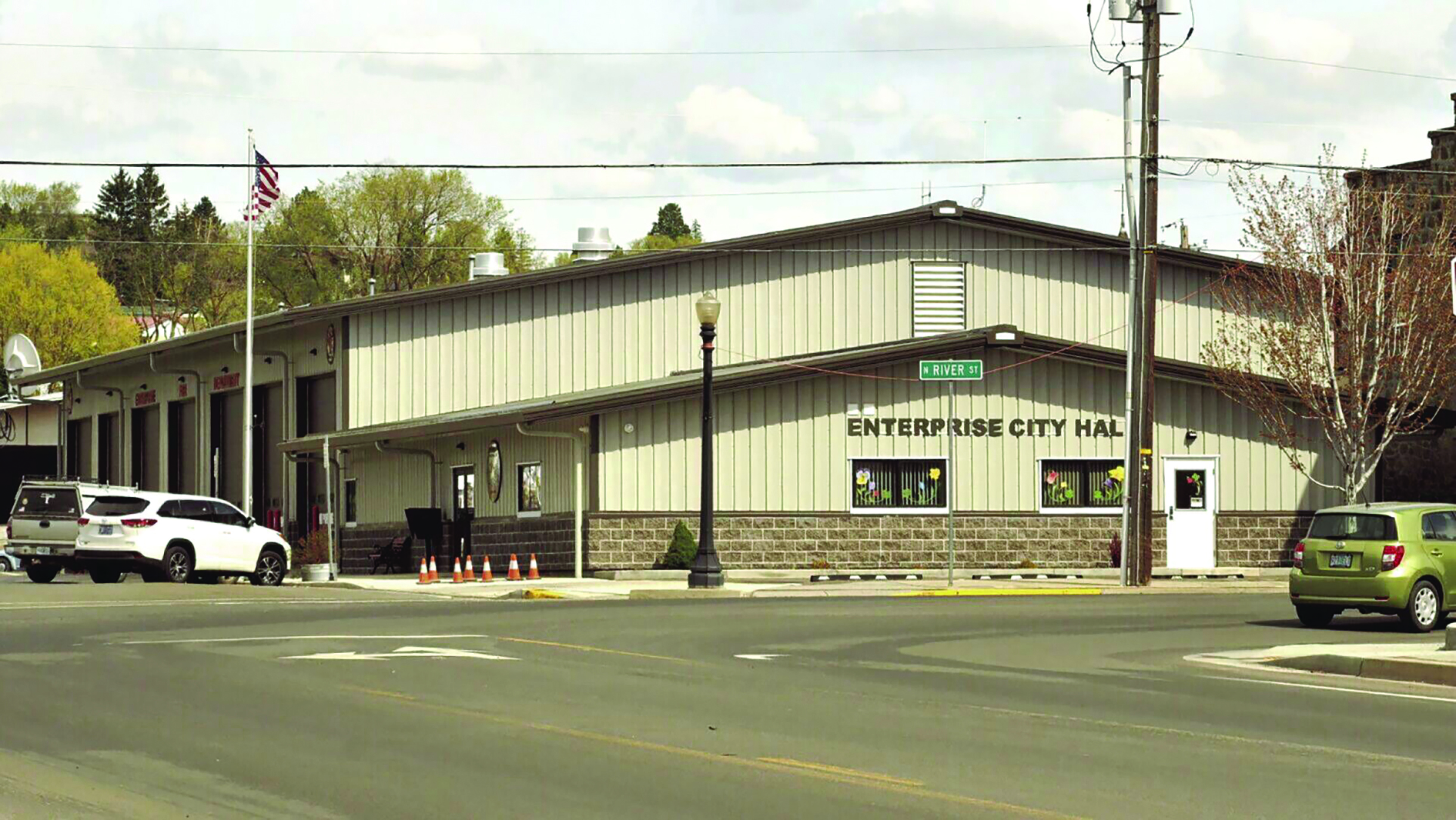Voice of the Chieftain: Fixing Measure 110, adding housing should be priorities for lawmakers
Published 6:00 am Wednesday, February 14, 2024
There are plenty of positive elements to a $500 million housing bill promoted by Gov. Tina Kotek, but the legislation will compete with an equally pressing problem that needs to be fixed — how best to reform Measure 110.
Many may view the state’s housing shortage and the effort to revise Measure 110 as separate but equal challenges. As such, conventional wisdom calls for one or the other to be prioritized and fixed. And, in fact, there’s usually good reason to urge legislators to focus on only one big issue during these 35-day legislative sessions — they’re simply too short to take on too much.
But this isn’t a typical short session. This is a session in which lawmakers need to broaden their focus to deal with a pair of big issues — and do their best to minimize other distractions. There are two items on the top of lawmakers’ to-do list this session: fix Measure 110 and inject money into the state housing crisis.
The housing bill is designed to earmark millions to the construction of middle-income and affordable housing while also providing cash for roads and sewers. The plan, on its face, is a good one and should be a solid boost toward the governor’s goal of building 36,000 homes a year.
The legislation also would produce tools for eligible cities to take advantage of a one-time opportunity to enlarge their urban growth boundaries and also would create a housing production and accountability office.
The idea of expanding an individual city’s urban growth boundaries is a step in the right direction.
Some critics of the bill already have lamented the establishment of the housing production and accountability office as just another addition to the state’s ballooning bureaucracy. But the fact is that easing Oregon’s housing crunch is a task that involves many moving parts; properly developed and staffed, the office could help to coordinate many of those parts — and also could offer aid and comfort to local governments, especially in rural areas, that will be challenged to develop the additional housing.
Kotek’s bill has triggered some opposition, but it seems a good bet to pass this session, although the Legislature’s budget writers might have the final say. Assuming that the bill passes in something close to its current form, one challenge for Kotek’s administration will be to ensure that Eastern Oregon gets its fair share of that housing money.
As for the Measure 110 work, much of that is being tackled by the Joint Interim Committee on Addiction & Community Safety Response. Measure 110, which decriminalized the possession of certain drugs and established addiction-treatment programs, was widely touted to be a bright path to the future in treating drug addiction in the state, but it has not lived up to expectations.
Democrats and Republicans have floated separate proposals to fix Measure 110. Both call for making minor drug possession a crime again, but there’s a difference: Republicans want to make possession a class A misdemeanor, which carries stiffer penalties than the class C misdemeanor the Democratic proposal seeks. Beyond that difference, however, there is a surprising amount of common ground between the proposals, and that should help lawmakers deal with this issue, despite the time pressures facing the session.
The old saw about keeping your eye on the ball is a cliche, to be sure, but there’s a measure of truth to it. This year’s session will force lawmakers to keep their eyes on two important balls — housing and Measure 110 reform.






